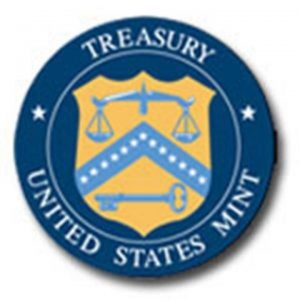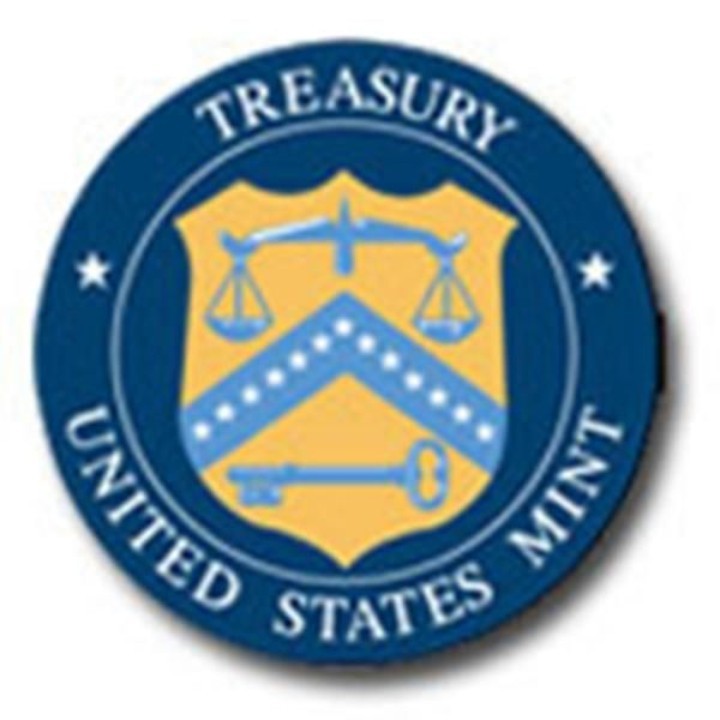 Any error during the process of making new coins by the United States Mint, which then the coins get released into circulation, offers treasure to be found. These ‘Error Coins’ are highly collectible and worth more than their face value. It is known the US Mint produces multiple error coins each year, and if you can spot one, you have found treasure!
Any error during the process of making new coins by the United States Mint, which then the coins get released into circulation, offers treasure to be found. These ‘Error Coins’ are highly collectible and worth more than their face value. It is known the US Mint produces multiple error coins each year, and if you can spot one, you have found treasure!
Understanding how a coin is made will help you identify and recognize differences which might appear on coins. The process for coin production at the United States Mint is described on their website as a six step procedure. Someone who is familiar with this process is better prepared for the collecting, purchasing, and selling of not only error coins, but all coins.
The first step in making a coin is creating the blank. Large strips, comprised of the appropriate metal used for coins, are run through a machine called the blanking press. This press punches out the desired size of round discs which are referred to as blanks.
The blanks are then placed through an annealing furnace. This second step of the process heats and softens the metal in order for the coin to be precisely formed. The discs are then washed and dried and passed onto the next phase of coin making.
The third step turns blanks into planchets. Many times blanks and planchets are confused with each other, but they are not the same. A planchet is a blank which has been passed through the upsetting mill. This stage of upsetting raises the edge around the rim of the coins. When the coins are struck, this helps form the rim’s design.
Once a planchet has been produced, the fourth part of the coin making process begins. It is upon the planchet in which the coin is struck. For this phase to be completed, dies need to be made. A wonderful way to capture the image of a ready die is to press a piece of aluminum foil over a coin. The side pressed against the coin reveals the surface used to strike the coin. As can be noticed, it is an inverse image.
The designs and inscriptions on a coin are produced by a coin press. The planchet rests on one die, while being pressed by another. The coin press strikes and stamps both sides of the coin simultaneously. It could be said three sides are struck because the edge of the coin is also formed at this time by what is called a collar surrounding the planchet.
After coins are struck, they are considered authentic United States coins. However, there are two final steps of the process in which the coins must go through before they reach the public. Each batch of new coins is carefully (or maybe not) inspected with a magnifying glass. If thought to be ‘error free’, the coins move to the last step where the coins are counted and bagged by an automated machine. The bags are then stored or shipped throughout the United States banking system.
By knowing the coin making process, a collector may be alerted to a coin which has been counterfeited, illegally altered, or be a missed Error Coin.
There are numerous errors which can happen. On my Facebook page I posted a link that best describes them all and tells you what to look for. The link is Error Coin Price Guide.
It is exciting to think you might have a coin right now in your pocket worth more than you know! Please let me know if you find one!!
Other Articles of Interest:
Mining for Treasure in North Carolina
Best of luck with all that you seek!


My brother’s very first computer was bought with a quarter. He was working as a clerk at a gas station and noticed that a customer had given him a quarter that had accidentally been double stamped. He took a regular quarter out of his pocket and put that in the register and kept the error coin.
He figured it was probably something, but didn’t know how much. We put it on eBay to see how much it would get.
That little quarter brought in $1,000.
Hi Jeremy P. I love that story! Thanks for sharing. How awesome! It is so true you never know when something might come along.
I had worked as a cashier in my teen years and someone had paid with 1935 silver certificate one dollar bills……on my lunch break I went out in my car and gathered up all the change I could find to switch out the dollars for. I still have those from almost 30 years ago.
I think I have and multiple are queen not sure what the value would be you in it it’s missing letters and it’s double died and I’m pretty sure it has a close am as well so if you could let me know what kind of value it has I would really appreciate it . Contact me four pictures of my coin if you’re interested